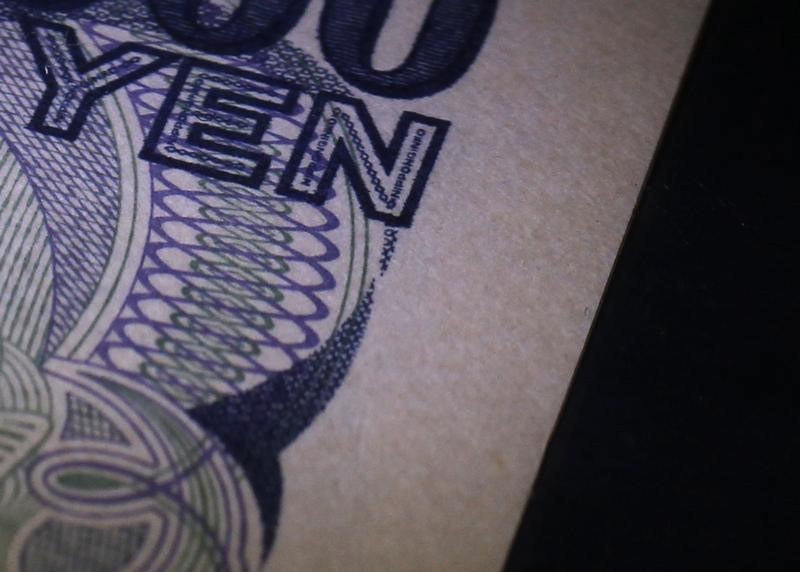
Investing.com – Most Asian currencies rose slightly on Friday, benefiting from a weaker dollar as markets paused ahead of key U.S. jobs data that is likely to weigh on interest rates.
The dollar was also weighed down by a rebound in the Japanese yen, which pulled further off 34-year lows amid what appears to be government intervention in currency markets.
The dollar’s weakness provided some respite for regional currencies, although they were still facing huge losses on the prospect that U.S. interest rates would remain high for a long time.
Japanese yen firms amid likely intervention, USDJPY at 3-week low
The Japanese yen extended gains on Friday, with the pair, which moves inversely to the yen’s strength, falling 0.4% to 153.02. The pair briefly hit a three-week low of 152.9.
USDJPY was set to lose about 3.4% this week, falling from 34-year highs. Traders and analysts attribute the fall mainly to intervention in the foreign exchange market by the Japanese government.
Earlier this week, USDJPY rose to 160. Traders said this level has become a new line for intervention in the foreign exchange market.
Japanese domestic markets were closed on Friday. But lower volumes also helped the yen.
However, the factors that fueled the yen’s recent weakness remain in place, chiefly the prospect of continued high, long-term US interest rates.
Other Asian currencies rose slightly, benefiting from a one-day decline in the dollar. The Australian dollar rose 0.2% as markets brace for potentially aggressive signals next week. Australia’s higher-than-expected inflation figures led markets to largely overestimate expectations of any RBA rate cut in 2024, giving the Australian dollar some strength.
remove advertising
.
Trading volumes in Asia remained low due to market holidays in Japan and China.
The South Korean won fell 0.3% and the Singapore dollar fell 0.1%.
The Indian Rupee pair fell slightly and was trading well below the record highs reached in April.
Dollar stabilizes after one-day losses, non-farm payrolls data expected
Asian trade steadied after falling in overnight trade as pressure from the yen and expectations of an end to interest rate hikes by the Federal Reserve weighed on the US dollar.
The focus has now turned to April data, which is due out later in the day. The measure has consistently outperformed forecasts over the past five months, with any signs of continued labor market strength giving the Fed more room to keep rates high for longer.
Earlier this week, the Fed signaled that it has no plans to cut rates in the short term, especially in an environment of persistent inflation.


